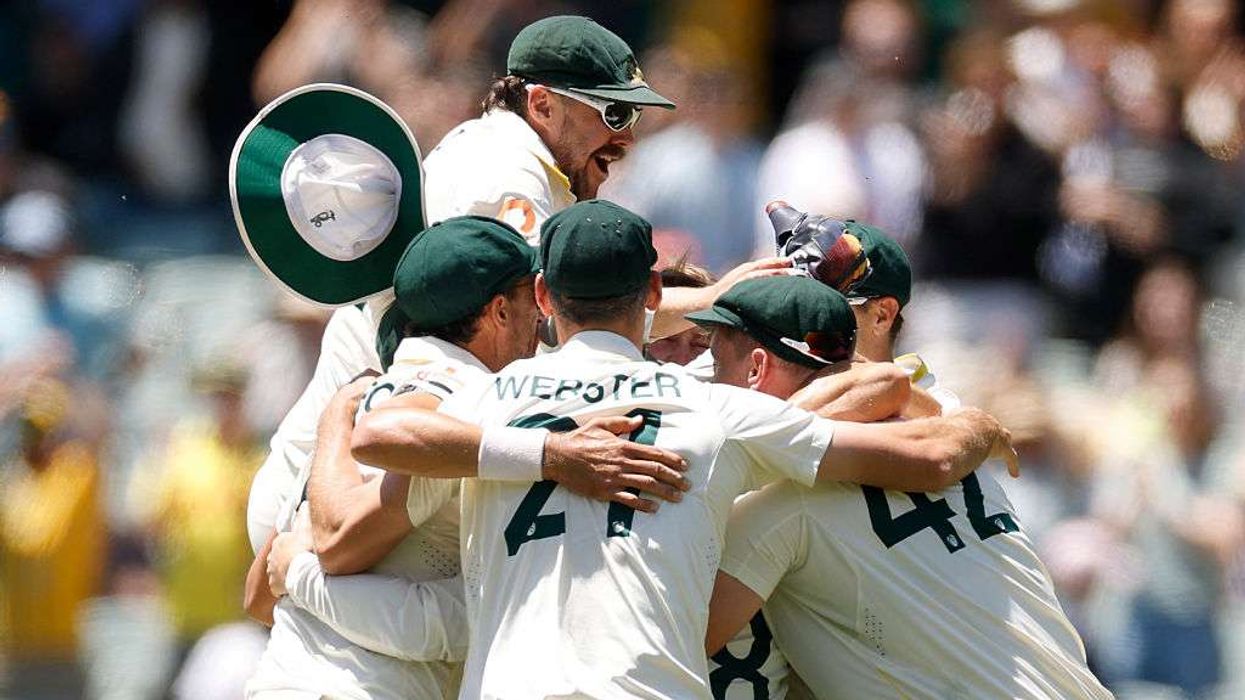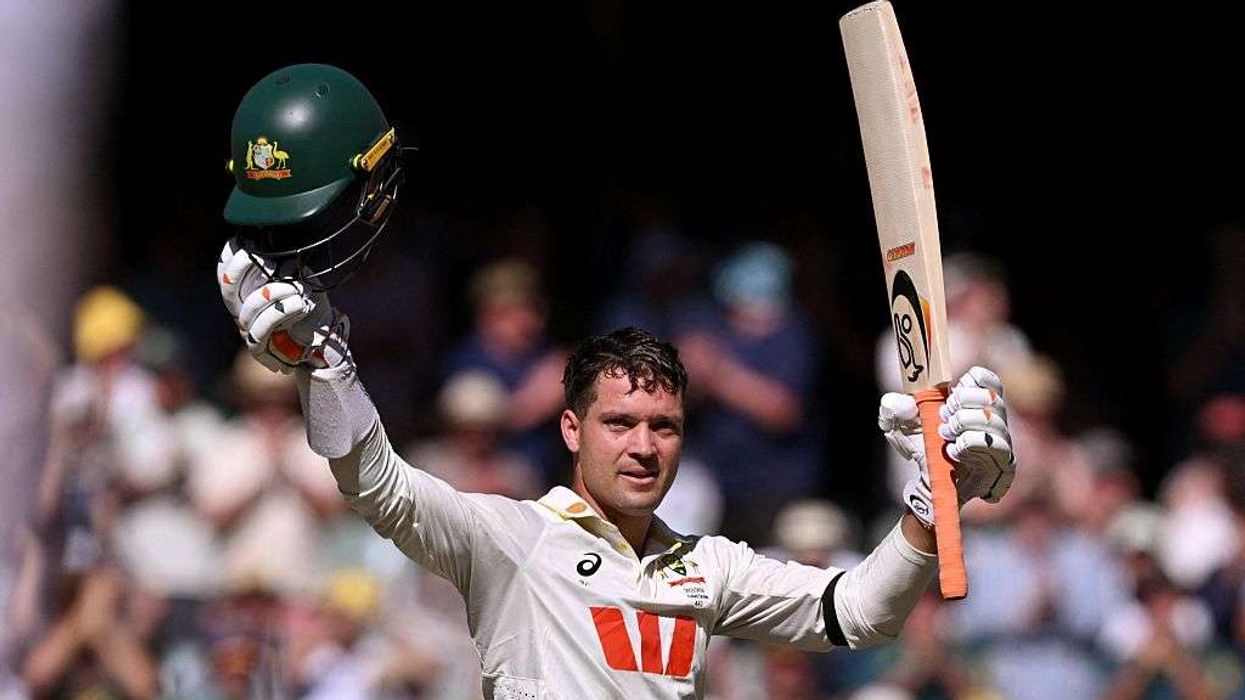Akshay Kumar starrer Bell Bottom was announced last year. The film is set in the 80s and it is inspired by true events.
A few days ago, it was announced that Vaani Kapoor will be seen opposite Akshay in the film, and now, Huma Qureshi and Lara Dutta have joined the cast of the movie. Akshay took to Instagram to share a picture of the film’s team and announce that the movie will go on the floors next month.
The actor posted, “Looking forward to doing what we do best! Time we get back to work! #Bellbottom to go on floors next month. #VashuBhagnani @_vaanikapoor_ @iamhumaq @larabhupathi @ranjitmtewari @jackkybhagnani @deepshikhadeshmukh @onlyemmay @madhubhojwani @nikkhiladvani @emmayentertainment @pooja_ent.”
While Akshay has worked with Lara Dutta and Huma Qureshi earlier, this will be for the first time we will get to see him sharing screen space with Vaani Kapoor. The shooting of the film will take place in the UK.
Bell Bottom is directed by Ranjit M Tewari and written by Aseem Arrora and Parveez Shaikh. It is produced by Vashu Bhagnani, Jackky Bhagnani, Deepshikha Deshmukh, Monisha Advani, Madhu Bhojwani and Nikkhil Advani.
The film is slated to hit the screens on 2nd April 2021.
Well, Bell Bottom will surely be one of the first biggies to commence the shoot after the lockdown. Apart from this movie, Akshay has his kitty full with films like Laxmmi Bomb (releasing on OTT platform), Sooryavanshi (release delayed due to lockdown), Prithviraj, Bachchan Pandey, and Atrangi Re.











